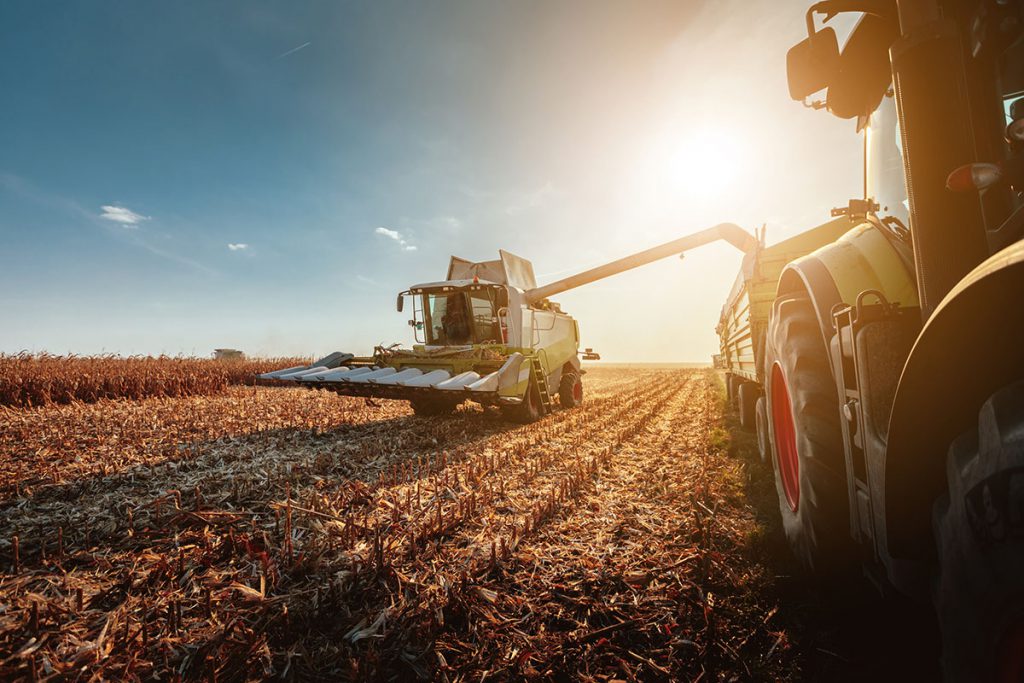
A Perspective of Two Decades of Biosolids
An editorial on a career in wastewater by Kari Stuart
The year was 1999. Y2K was on everyone’s mind, the impeachment of President Clinton had begun, oh and a young lady named Kari Konyndyk began her career in biosolids management with Synagro. I was fresh out of college where I studied Environmental Science and was excited to land such a great job. At that time, the land application challenges were few. This was the hay day for biosolids (catch that pun?). Farmland was readily available, farming communities were agreeable to the biosolids program and it seemed as though there was enough competition to keep prices competitive. It was a fun time to be working outdoors with enthusiastic people in a thriving industry.
Years went by and I saw farmers begin to embrace new technology and farming practices to maximize their profits and efficiency. For many, biosolids no longer fit in their plans. I also saw community concerns begin to rise along with urban sprawl. The hobby farmers, who were so easy to work with, began leasing their land because it was more lucrative, and the “plan B” set aside ground became a thing of the past. Then there’s the weather… I’m not even going to go there!
The challenges to land application were growing steadily, but the solutions being implemented at the plant level were not keeping pace. The expectation was that the contractor would somehow just find the land, we’d travel further, negotiate or pay the farmers, rob from Peter to pay Paul. On the other side, our company was expecting to be profitable. The pressure was coming from both ends year after year, yet nothing was changing. The biosolids had officially hit the fan.
Have you heard the saying, “if nothing changes, nothing changes”?
In my nearly two decades of experience, liquid land application in Michigan has changed very little, while the reality of the world around us has changed tremendously.
Don’t get me wrong, for certain rural communities in our state, liquid land application still works, and it has a long lifetime of benefits there. However, in many communities, liquid land application is no longer working and it has not been working for years.
This episode of Groundhogs Day has got to come to an end. The time for a change is here. Now is the time to invest in real, lasting solutions.
I’d encourage every plant struggling with their land application program to think outside of the box. Evaluate the economics of sludge thickening and dewatering. The exponential savings in transportation costs over multiple years will justify the expense of the equipment. The farmer will receive a thicker, more nutrient dense product. Storage volume will decrease. Less land will be needed. I hate to say it, but you will be prepared to landfill if needed.
It does not pay to haul water. Both thickening and dewatering are incredibly simple and effective solutions that can often be implemented with a small footprint on your facility.
My biosolids career has come full circle as I now work for a company who provides these solutions. It’s funny how those things happen. Since I have left the biosolids industry, I’ve continued to have many conversations about biosolids, and trust me, I am writing this as a friend of land application. I can hear the urgency growing, particularly now in the day and age of PFAS contamination concerns, and I feel compassionate about those small communities who are struggling. HESCO has solutions, and I hope that you will reach out to talk.
We are here to help. Just don’t ask me to take a sludge sample. I have never once missed that job!